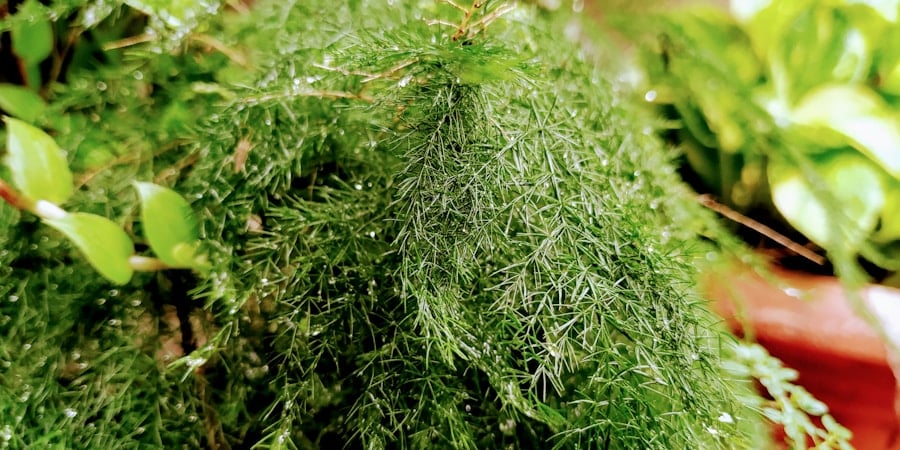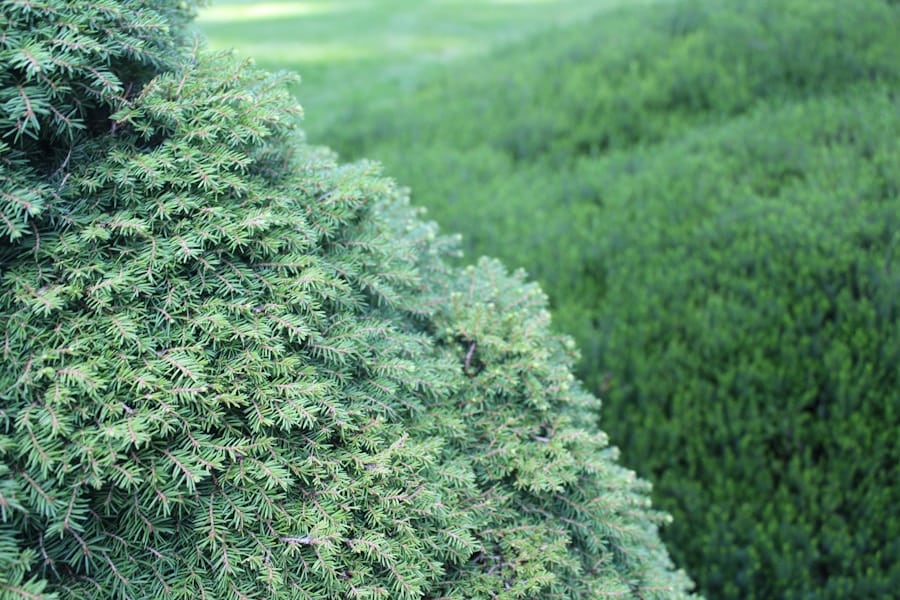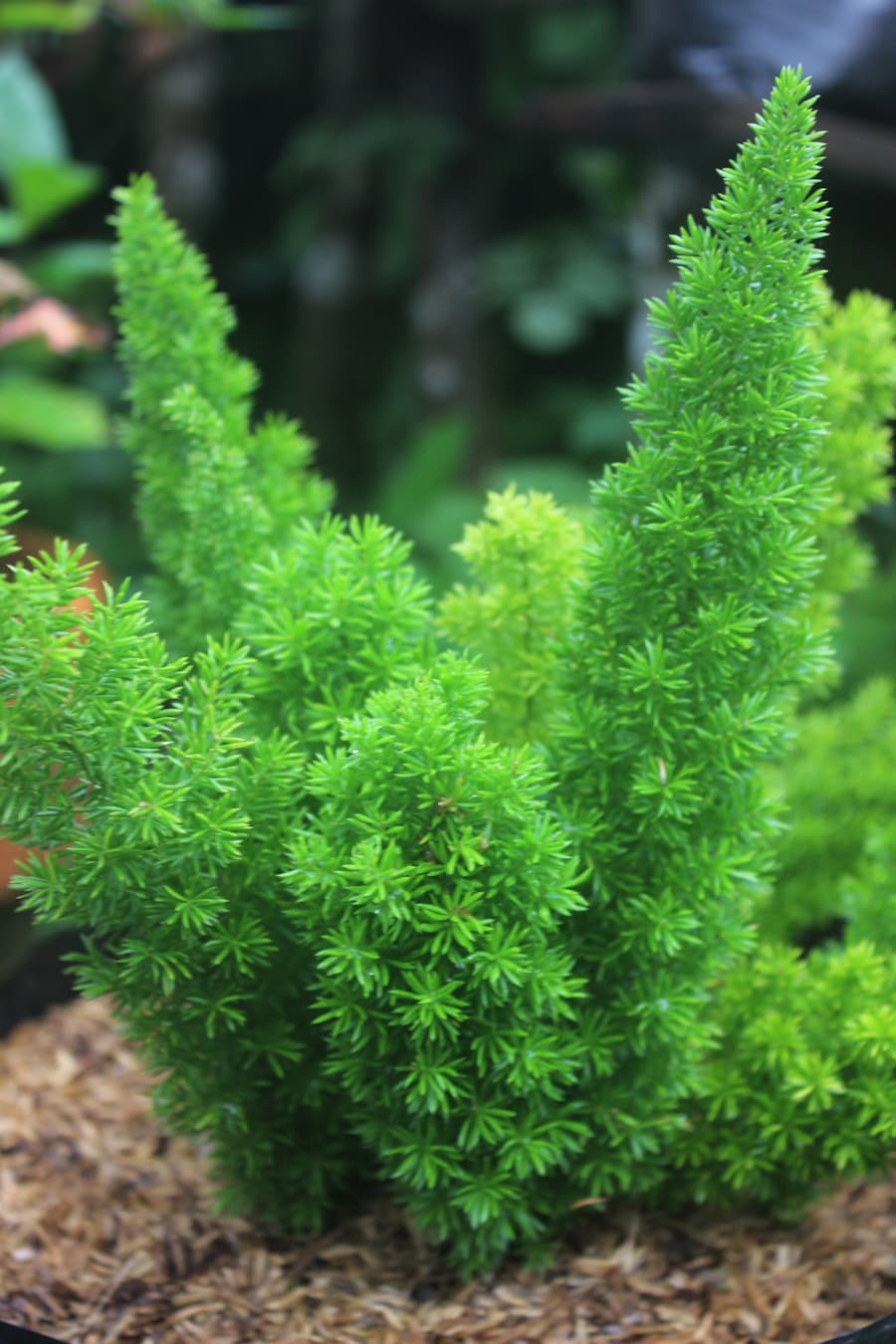Arborvitae, scientifically known as Thuja, is a genus of coniferous trees and shrubs that belong to the Cupressaceae family. These evergreen plants are native to North America and Asia, and they are widely appreciated for their aesthetic appeal and functional uses in landscaping. Arborvitae can grow in various forms, from tall trees reaching heights of up to 60 feet to compact shrubs that are ideal for smaller gardens.
Their dense foliage, characterized by scale-like leaves, provides excellent privacy screening and windbreaks, making them a popular choice for hedges and borders. The adaptability of arborvitae to different soil types and climates contributes to their widespread cultivation. They thrive in well-drained soils but can tolerate a range of conditions, including clay and sandy soils.
Arborvitae is also known for its resistance to pests and diseases, which makes it a low-maintenance option for gardeners. However, despite their hardiness, these plants require proper care, including adequate fertilization, to ensure optimal growth and health. Understanding the specific needs of arborvitae is crucial for anyone looking to cultivate these beautiful evergreens successfully. Check out the latest fertilizers for your garden at Soil Compost.
Key Takeaways
- Arborvitae is a popular evergreen shrub known for its dense foliage and tall, narrow shape
- Fertilizing arborvitae is important for promoting healthy growth and maintaining vibrant green color
- There are different types of fertilizers available for arborvitae, including granular, liquid, and slow-release options
- Organic fertilizers are derived from natural sources and provide long-term benefits, while synthetic fertilizers offer quick nutrient absorption
- The best time to fertilize arborvitae is in early spring before new growth appears, and again in late fall before the ground freezes
Importance of Fertilizing Arborvitae
Benefits of Fertilization
A well-fertilized arborvitae will exhibit lush green foliage, robust growth, and improved resistance to environmental stressors. Moreover, fertilization plays a critical role in enhancing the overall health of arborvitae. Nutrient deficiencies can lead to stunted growth, yellowing leaves, and increased susceptibility to pests and diseases.
Consequences of Nutrient Deficiencies
For instance, a lack of nitrogen can result in poor foliage color and reduced growth rates, while insufficient phosphorus may hinder root development. By providing the right balance of nutrients through fertilization, gardeners can ensure that their arborvitae remain healthy and vigorous throughout the growing season.
Ensuring Optimal Health
Types of Fertilizers for Arborvitae

When it comes to fertilizing arborvitae, there are several types of fertilizers available, each with its unique composition and benefits. The most common categories include granular fertilizers, liquid fertilizers, and slow-release fertilizers. Granular fertilizers are often favored for their ease of application and long-lasting effects.
They can be spread around the base of the tree and will gradually release nutrients into the soil as they break down. Liquid fertilizers, on the other hand, provide a quick nutrient boost and are typically used for immediate results. They can be applied directly to the soil or as a foliar spray, allowing for rapid absorption by the plant.
Slow-release fertilizers are designed to provide a steady supply of nutrients over an extended period, reducing the frequency of application. This type of fertilizer is particularly beneficial for arborvitae, as it ensures that the plants receive a consistent supply of nutrients without the risk of over-fertilization. The choice between organic and synthetic fertilizers is an important consideration for gardeners looking to fertilize their arborvitae effectively.
Organic fertilizers are derived from natural sources such as compost, manure, or bone meal. They improve soil structure and promote beneficial microbial activity while providing essential nutrients. One significant advantage of organic fertilizers is their lower risk of causing nutrient burn or leaching into waterways, making them an environmentally friendly option.
Conversely, synthetic fertilizers are chemically manufactured and often contain concentrated nutrients that can lead to rapid plant growth. While they can provide immediate results, synthetic fertilizers may pose risks if not applied correctly. Over-application can lead to nutrient runoff and environmental pollution.
Additionally, synthetic fertilizers do not improve soil health in the same way that organic options do. Ultimately, the choice between organic and synthetic fertilizers depends on individual gardening philosophies and specific plant needs.
Best Time to Fertilize Arborvitae
| Month | Best Time to Fertilize Arborvitae |
|---|---|
| Early Spring | Before new growth appears, typically in March or April |
| Fall | After the tree has stopped growing, typically in September or October |
Timing is crucial when it comes to fertilizing arborvitae. The best time to apply fertilizer is typically in early spring before new growth begins or in late fall after the growing season has ended. In early spring, fertilizing provides the necessary nutrients that support new growth as the plant awakens from dormancy.
This timing allows arborvitae to absorb nutrients effectively during their active growth phase. Late fall fertilization can also be beneficial as it helps prepare the plant for winter dormancy. By providing nutrients at this time, gardeners can enhance root development and overall plant vigor, which can lead to healthier growth in the following spring.
However, it is essential to avoid fertilizing during extreme heat or drought conditions, as this can stress the plants further and hinder nutrient uptake.
How to Apply Fertilizer to Arborvitae
Applying fertilizer to arborvitae requires careful attention to ensure that the plants receive the right amount without risking damage. For granular fertilizers, it is advisable to follow the manufacturer’s instructions regarding application rates. Typically, gardeners should spread the fertilizer evenly around the base of the tree, extending out to the drip line where the branches end.
This method ensures that the roots have access to the nutrients as they spread outward. For liquid fertilizers, dilution according to package instructions is crucial before application. Gardeners can use a watering can or garden sprayer to apply the solution directly to the soil around the base of the arborvitae.
It is essential to water thoroughly after applying liquid fertilizer to help distribute the nutrients into the root zone effectively. Additionally, applying fertilizer during cooler parts of the day can minimize evaporation and enhance nutrient absorption.
Signs of Over-Fertilizing or Under-Fertilizing Arborvitae

Recognizing signs of over-fertilization or under-fertilization in arborvitae is vital for maintaining their health. Over-fertilization often manifests as leaf burn or browning tips on foliage due to excessive nutrient levels in the soil. In severe cases, this can lead to wilting or even death of branches as roots become damaged from nutrient toxicity.
Additionally, an overabundance of nitrogen may cause excessive soft growth that is more susceptible to pests and diseases. On the other hand, under-fertilized arborvitae may exhibit stunted growth, yellowing leaves, or sparse foliage.
Gardeners should regularly monitor their plants for these signs and adjust their fertilization practices accordingly to ensure optimal growth.
Tips for Maintaining Healthy Arborvitae with Fertilizer
To maintain healthy arborvitae through effective fertilization practices, several tips can be beneficial for gardeners. First and foremost, conducting a soil test before applying fertilizer is crucial for understanding nutrient levels and pH balance in the soil. This information allows gardeners to tailor their fertilization approach based on specific deficiencies or imbalances.
Additionally, incorporating mulch around the base of arborvitae can help retain moisture and improve soil health over time as it breaks down. Organic mulch materials such as wood chips or shredded leaves not only suppress weeds but also contribute nutrients back into the soil as they decompose. Regular watering during dry spells is also essential for ensuring that fertilized nutrients are effectively absorbed by the roots.
Finally, maintaining proper pruning practices can enhance air circulation around arborvitae and reduce competition for nutrients among branches. By removing dead or overcrowded branches, gardeners can promote healthier growth patterns and improve overall plant vigor. With these strategies in place, arborvitae can thrive beautifully in any landscape setting.
If you are looking for information on the best fertilizer for arborvitae, you may also be interested in learning about the Shamrock Plant. This article from Chiku’s Garden provides valuable insights into caring for this unique plant. Additionally, if you have a love for tropical flowers, you may want to check out the comprehensive guide on Hawaiian Tropical Flowers available at Chiku’s Garden. Explore these articles and more on their website here.
FAQs
What is arborvitae?
Arborvitae is a popular evergreen tree or shrub that is commonly used for landscaping and privacy hedges. It is known for its dense foliage and conical shape.
Why is fertilizer important for arborvitae?
Fertilizer is important for arborvitae because it provides essential nutrients that the plant needs for healthy growth, including nitrogen, phosphorus, and potassium.
What is the best fertilizer for arborvitae?
The best fertilizer for arborvitae is a balanced, slow-release fertilizer specifically formulated for evergreen trees and shrubs. Look for a fertilizer with a ratio of 10-10-10 or 12-6-6, which provides a good balance of nutrients.
When should I fertilize arborvitae?
Arborvitae should be fertilized in the early spring, before new growth begins. Avoid fertilizing in late summer or fall, as this can stimulate new growth that may not have time to harden off before winter.
How should I apply fertilizer to arborvitae?
Fertilizer should be applied evenly around the base of the arborvitae, following the instructions on the fertilizer package. Be sure to water the arborvitae thoroughly after applying the fertilizer to help it absorb the nutrients.
Are there any alternatives to commercial fertilizers for arborvitae?
Yes, there are organic alternatives to commercial fertilizers, such as compost, manure, or organic fertilizer blends. These can provide the necessary nutrients for arborvitae in a more natural and sustainable way.

